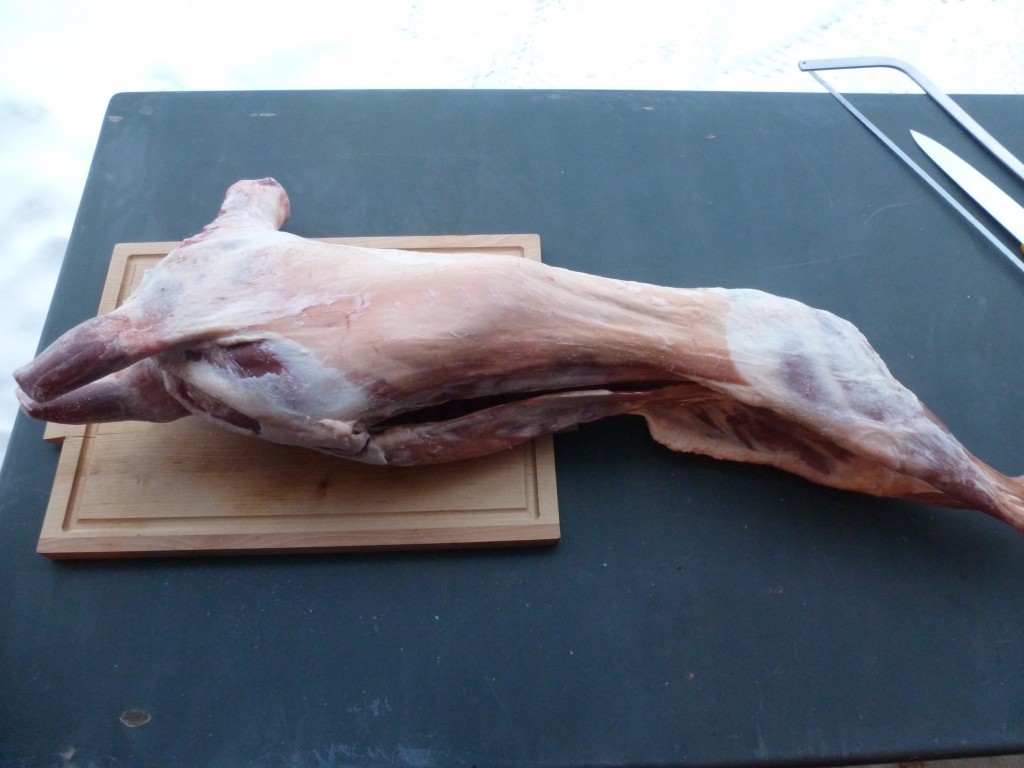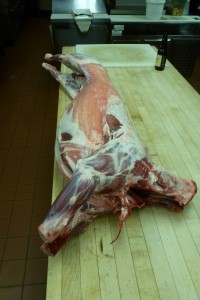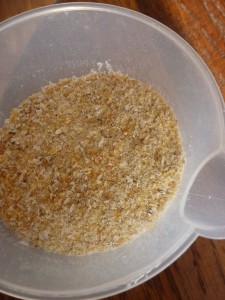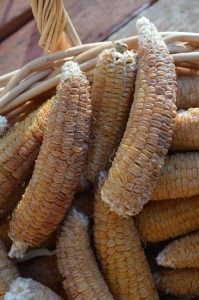Having removed the scrag when breaking the lamb into primals, the components remaining on the lamb front are the shoulder, the breast, and the shank.
I love having ground lamb in my kitchen, so usually I bone out on entire lamb shoulder just to run it through the meat grinder. The other half is broken in a bone-in shoulder roast, a boneless breast ideal for stuffing and rolling, and a shank, one of the world’s supreme braising cuts.
Here is half of the lamb front, with the fell still attached.
We remove the fell to expose the fat cap.
Here is the inside of the front, showing the backbone on the top, the first six ribs, and the breastbone … Continue reading.
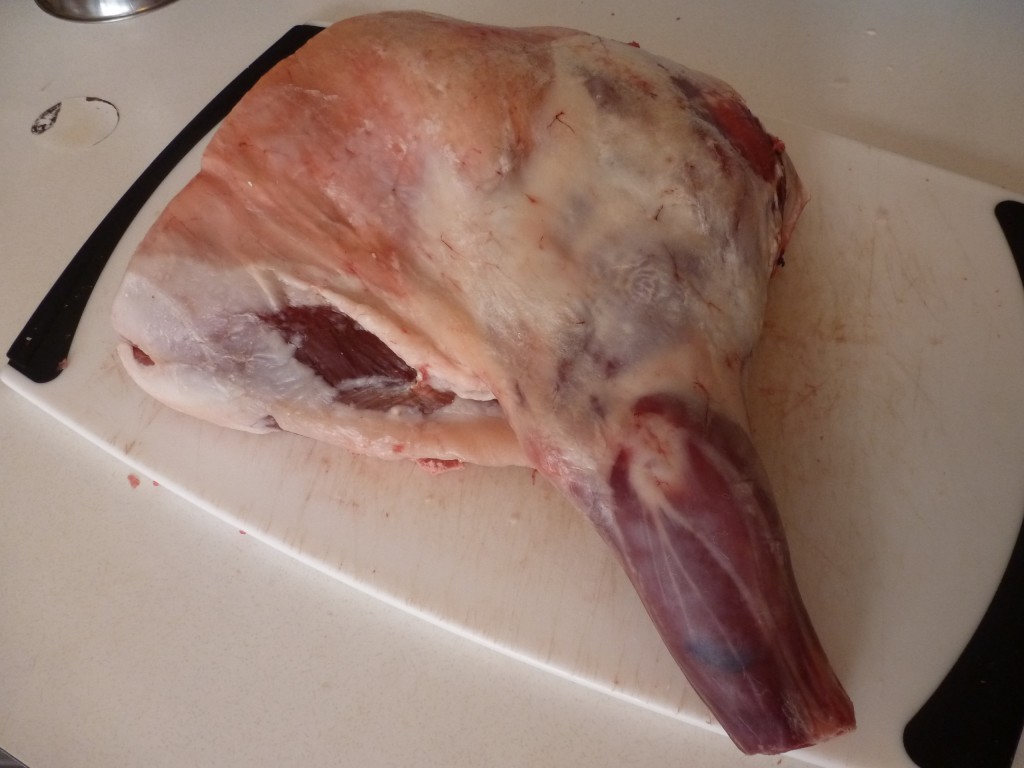
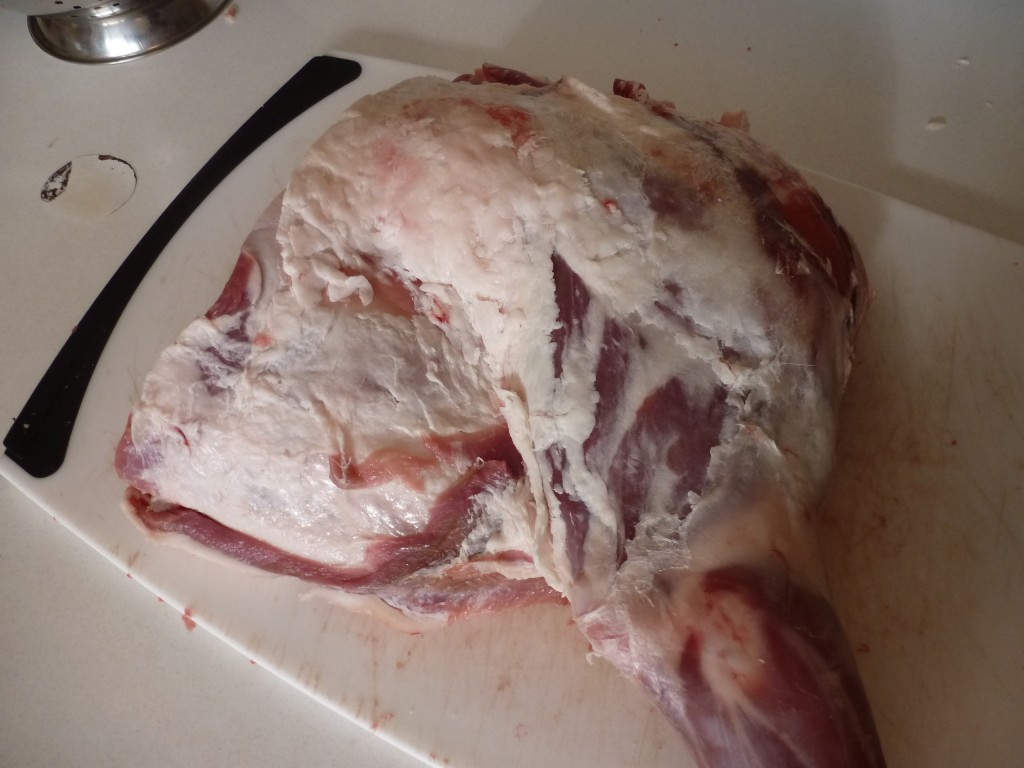
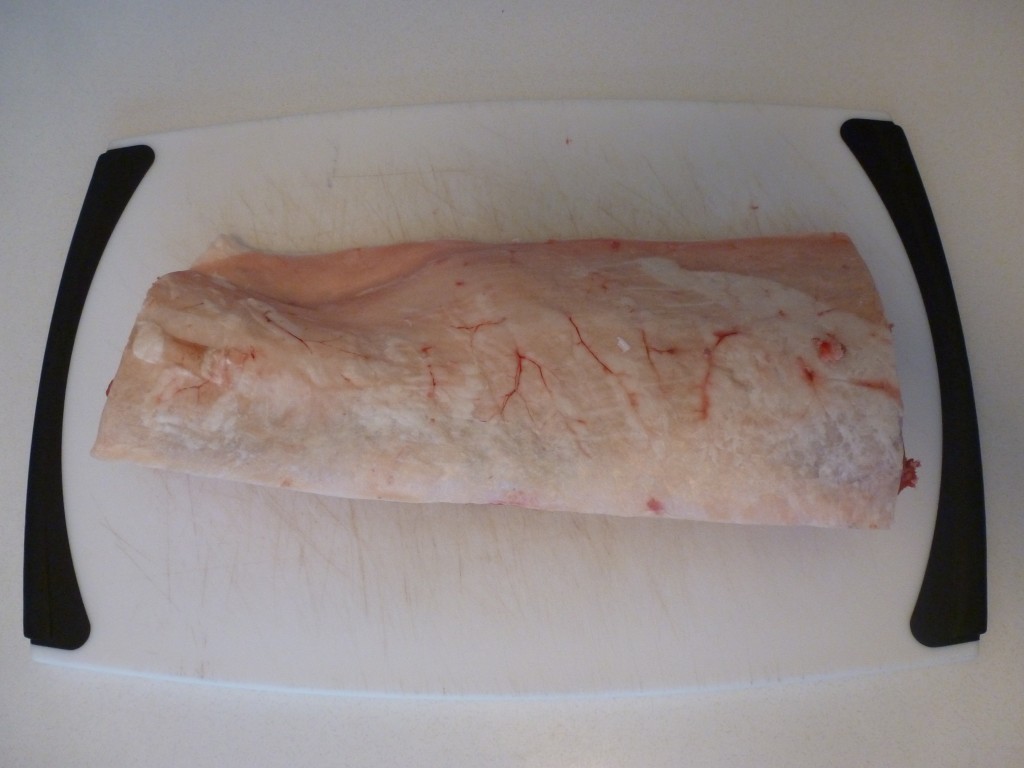
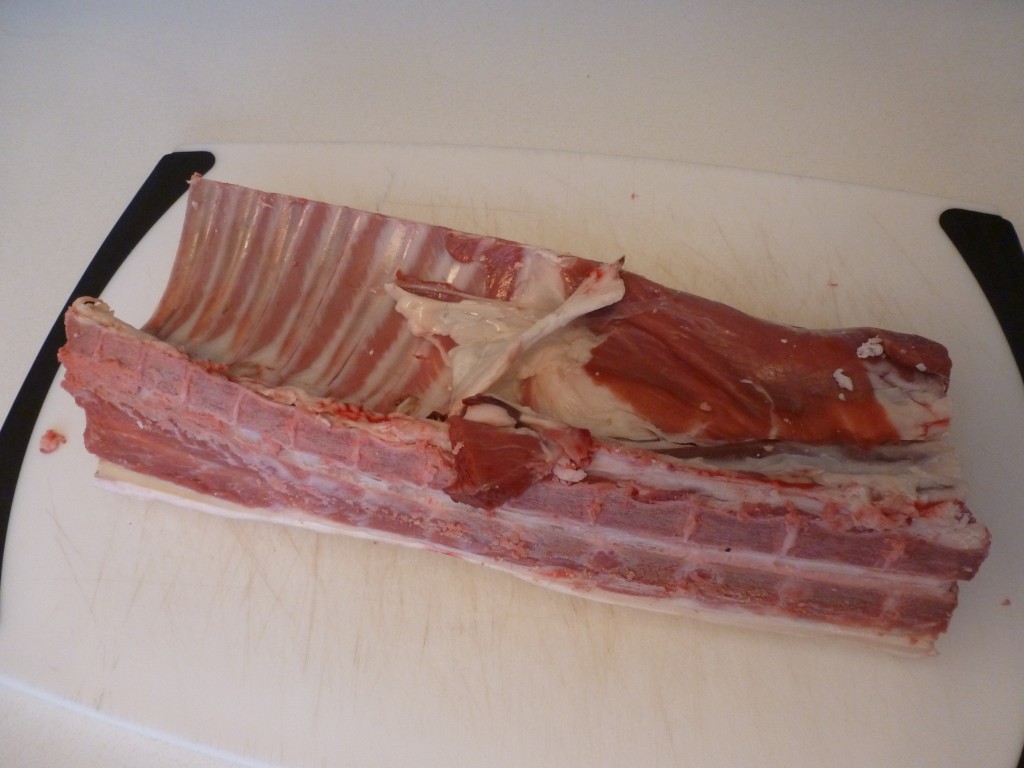
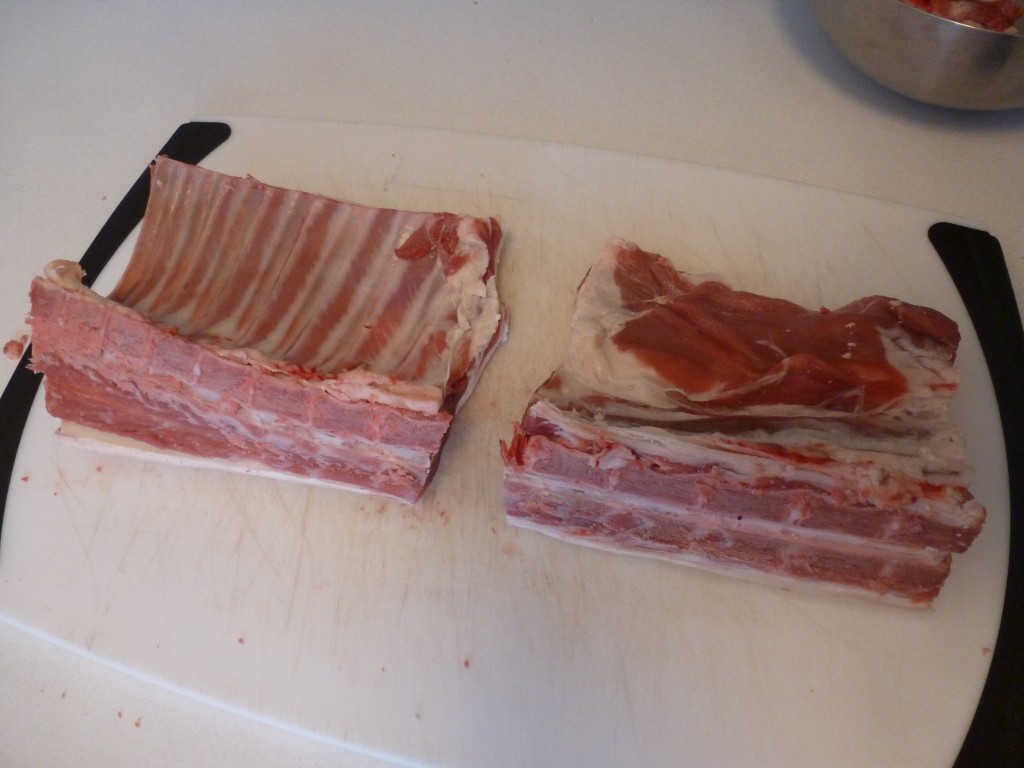
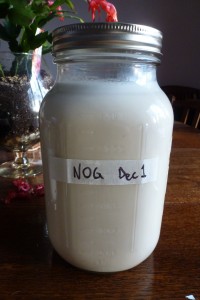
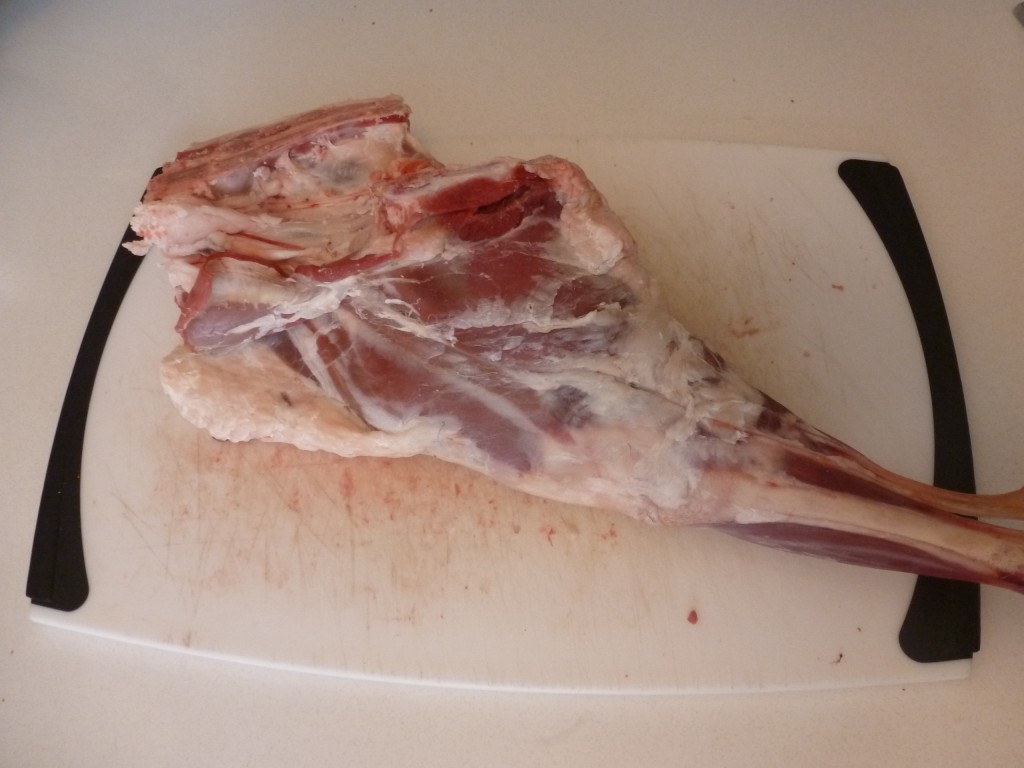
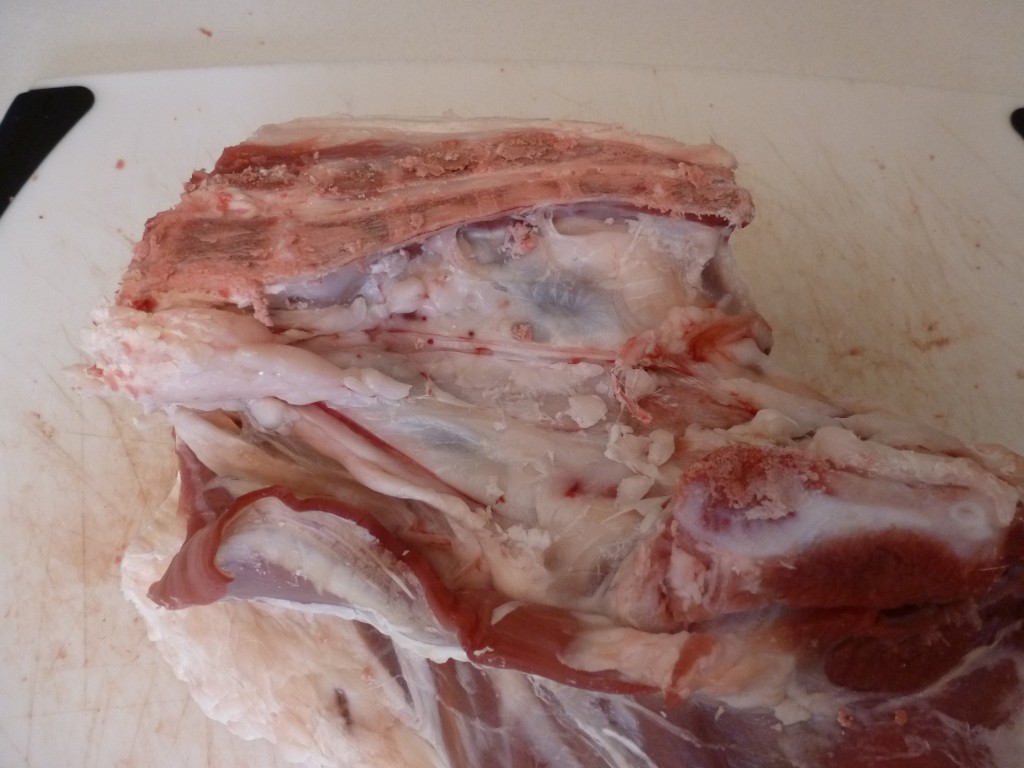
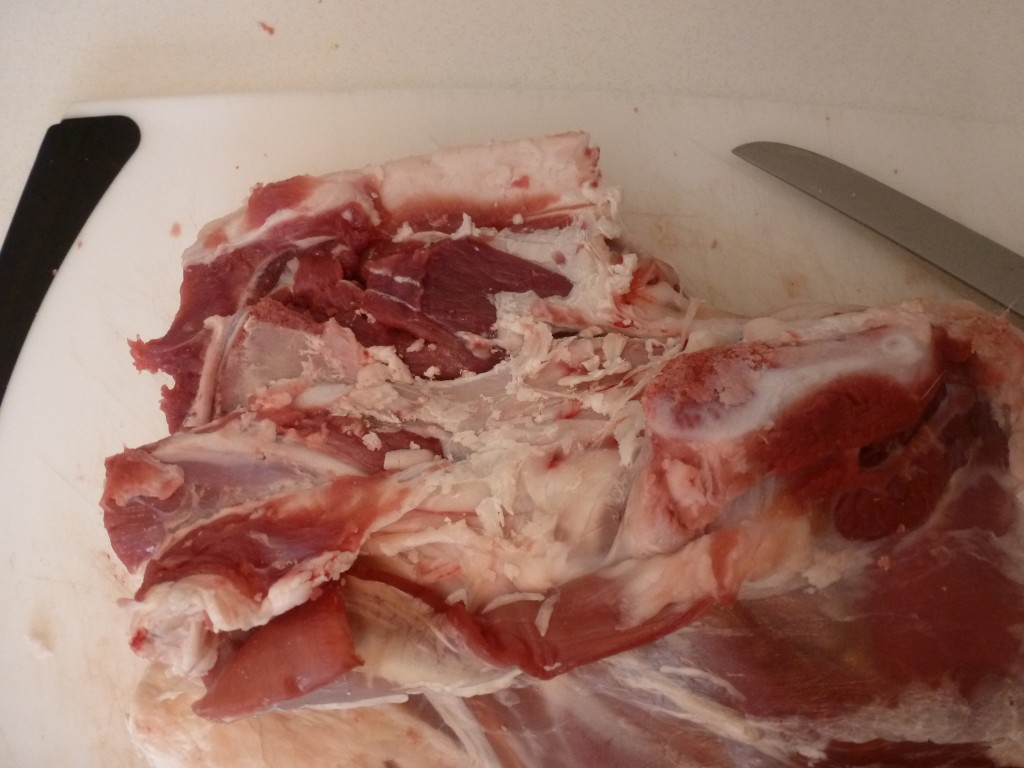
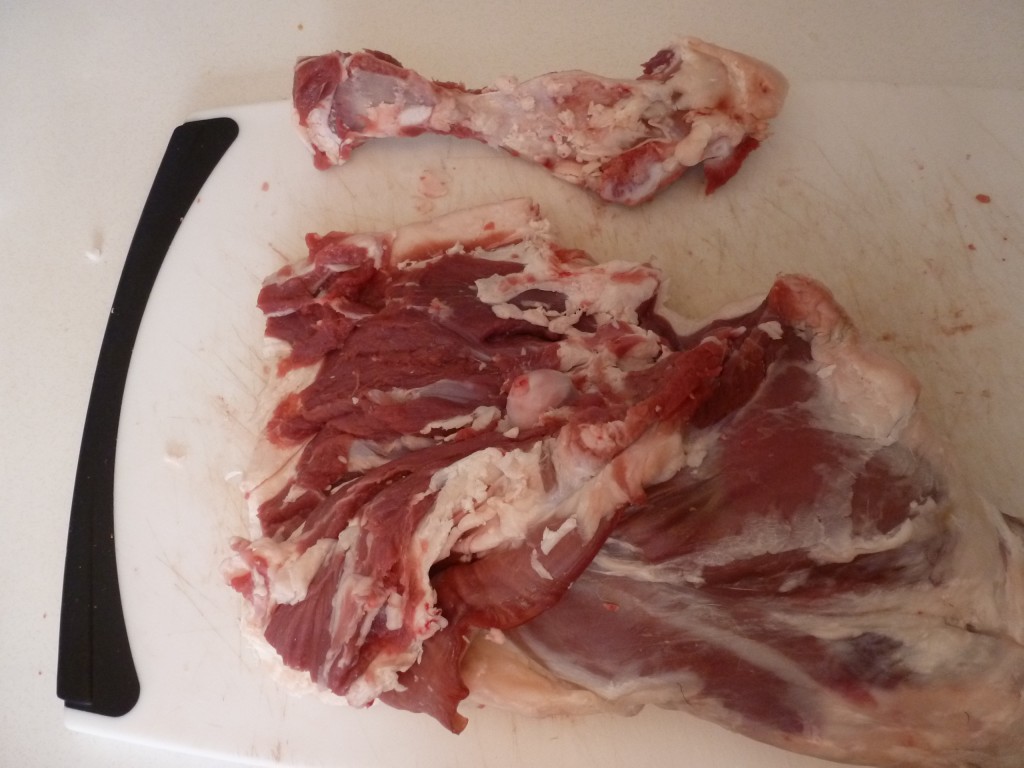
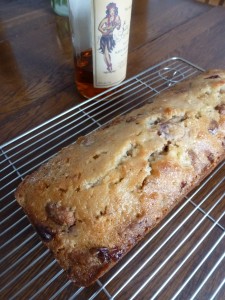 I know I already posted today, but I wanted to quickly tell you about some cutting-edge developments in the composition and aging of the 2012
I know I already posted today, but I wanted to quickly tell you about some cutting-edge developments in the composition and aging of the 2012 